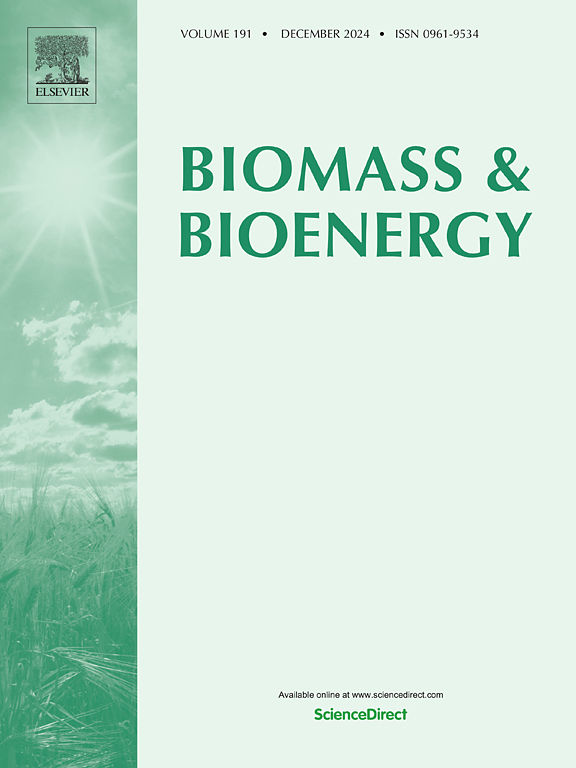Synergistic effect between acidity and metallicity on the methyl laurate hydrodeoxygenation performance for Ni-based catalyst
Release time:2024-11-29
Hits:

- Impact Factor:
- 6.0
- DOI number:
- 10.1016/j.biombioe.2023.107002
- Affiliation of Author(s):
- 环境与资源学院
- Teaching and Research Group:
- 化学工程系
- Journal:
- Biomass & Bioenergy
- Funded by:
- 重庆市教育委员会,重庆市科技局
- Key Words:
- Mesoporous Ni5X5/γ-Al2O3 catalyst; Synergetic catalysis; Hydrodeoxygenation; Methyl laurate; Catalytic hydrogenation
- Abstract:
- Sulfur-free Ni/γ-Al2O3 and Ni-based bimetallic Ni5X5/γ-Al2O3 (X = Cu, Fe, Zn, Co, and Mn) catalysts prepared by impregnation method were characterized by H2-TPR, XRD, BET, NH3-TPD, Py-IR, TEM, ESEM, XPS, and H2-TPD. The effects of transition metal on the physicochemical properties and methyl laurate hydrodeoxygenation (HDO) performance of the studied Ni-based catalysts were also investigated. The results showed that all the prepared Ni-based catalysts have mesoporous structure and large specific surface area (>130 m2 g−1), the Ni, Cu, Fe, Zn, Mn, and Co species were dispersed highly over the Ni5X5/γ-Al2O3 catalysts. The introduction of transition metal has a remarkable influence on the reducibility of Ni species and obviously improve the low temperature “absorption-desorption” performance of the studied Ni-based catalysts to H2 molecules. All the studied Ni-based catalysts can preferentially catalyze the methyl laurate to occur decarbonylation/carboxyl (DCO) reaction to produce C11 alkanes, because of the synergy effects between metal centers and acid sites. The carbonyl and/or bridge oxygen atoms in methyl laurate can be activated by electrophilic acidic sites, the intermediate products can be attacked by the reactive H atoms formed on the metal centers. The selectivity of the hydrogenation products including C11, C12, and oxygenated compounds are obviously affected by transition metal additives. Methyl laurate conversion and C11 alkanes selectivity can reach 99.8 and 87.3 % at 400°Ϲ, respectively. In addition, the Ni5Cu5/γ-Al2O3 catalyst possesses acceptable cycle and regeneration performances.
- First Author:
- Shuang Chen
- Co-author:
- Caixia Miao,Hongmei Xie,Zhaojie Jiao,Xianming Zhang
- Indexed by:
- 源刊论文
- Correspondence Author:
- Guilin Zhou
- Discipline:
- Engineering
- Document Type:
- Journal Article
- Volume:
- 180
- Page Number:
- 107002
- Translation or Not:
- no
- Date of Publication:
- 2024-01-01
- Included Journals:
- SCI
- Links to published journals:
- https://doi.org/10.1016/j.biombioe.2023.107002
Attachments:
- Pre One:Solvent assisted to prepare shell structured Cu/γ-Al2O3 catalyst with low Cu content for oil efficient hydrodeoxygenation to high-quality biofuel
- Next One:Activated carbon with high mesopore ratio derived from waste Zanthoxylum bungeanum branches by KNO3 assisted H3PO4 staged activation for toluene adsorption



